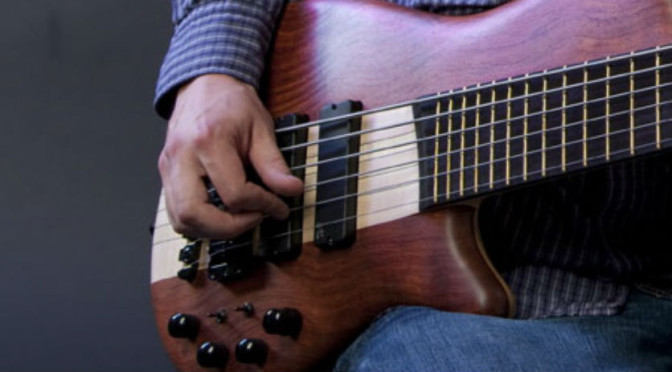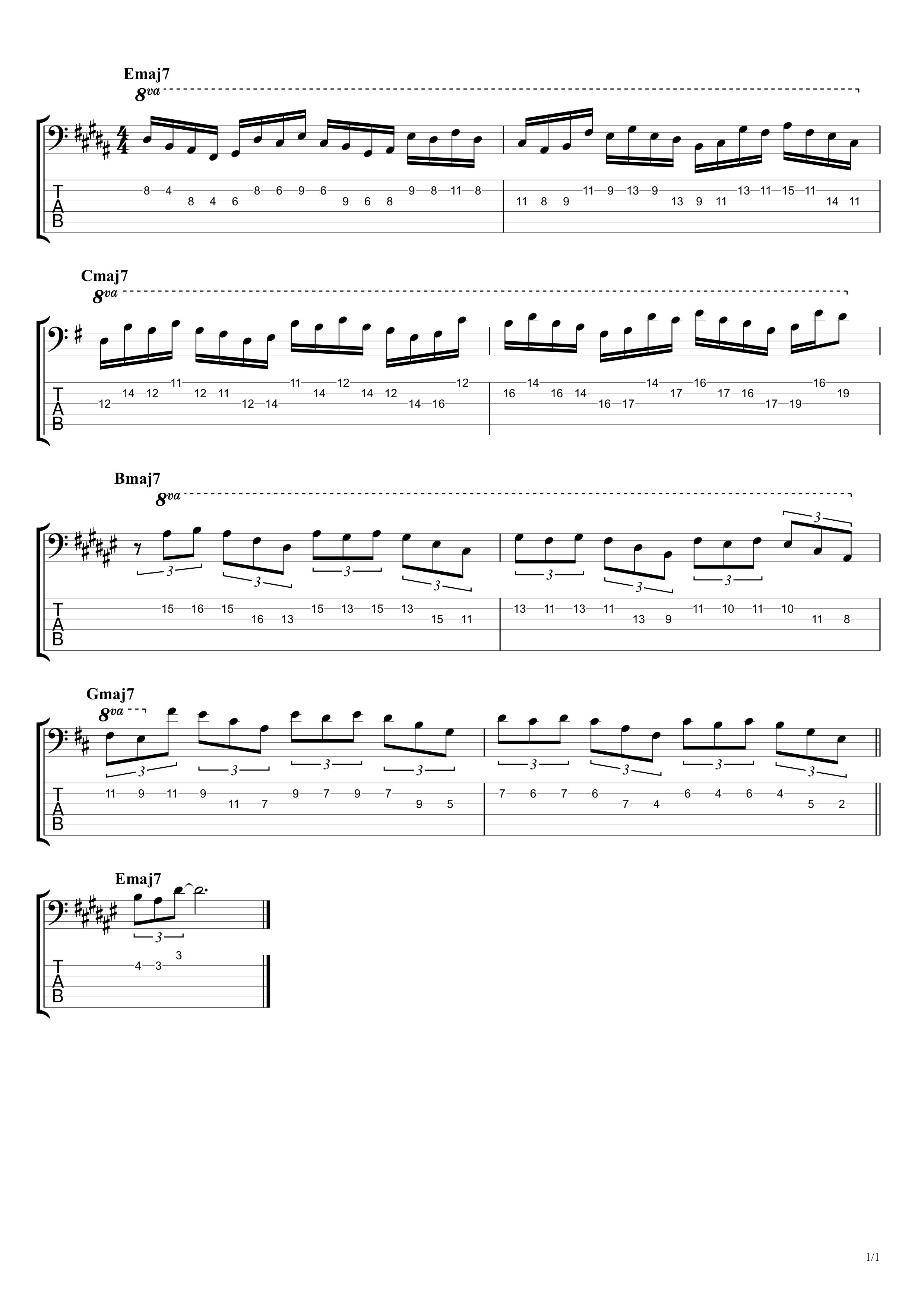Spanish Phrygian Sounds on Fretless Bass Guitar – Bass Practice Diary – 22nd May 2018
This week I’ve been working on Chick Corea’s wonderful composition Spain with my fretless Warwick Thumb SC. In this video I’m demonstrating a little harmonic trick I discovered for playing over the first two chords, G major and F#7. It creates a beautiful Spanish phrygian sound over the F#7 chord. Read on and I’ll explain what that means and how to play it.
Chick Corea’s Spain
Spain is not only one of Chick Corea’s most popular compositions, it’s one of the most popular pieces in all of modern jazz. It was originally recorded in 1972. The following year Spain appeared on the album Light As a Feather by Chick Corea’s band Return To Forever.
It’s popularity has endured and Chick Corea still loves to play Spain at most of his concerts. That’s an unusual situation for a jazz musician with such a varied repertoire and such a wide variety of projects and collaborations. I make a point of going to Chick Corea’s gigs whenever he’s in London on tour and I’ve now seen him play live more times than I can keep track of. There are very few occasions that he hasn’t played Spain in some guise or another.
So why is this composition so popular, why has it’s appeal endured and grown over nearly half a century? For me, the essence of this piece and the secret to it’s enduring appeal is the beautiful Spanish phrygian harmony. It’s an unusual sound to hear in modern jazz and in some ways it’s quite hard to define. But it’s that Spanish phrygian harmonic influence that I’ve tried to get to the bottom of in this practice diary.
What is Phrygian?
Phrygian is the name given to one of the modes of the major scale. Modes are scales with the same combination of harmonic intervals. If I play a phrygian scale starting on F#, it’s the same notes as a D major scale. As I mentioned in the video, you can think of the key for Spain as being D major. And if you play all the notes from a D major scale over the G and F# chords then it will give you a lydian sound over the G and a phrygian sound over the F#.
Check out my Lydian Sounds – Bass Practice Diary here
So, phrygian is the obvious scale to play over an F# root note in the key of D major. But that’s not actually what I’m doing. As I explained in the video, the scale I’m playing is in fact not specifically a phrygian scale. But it does, to my ears, have a phrygian sound.
How Can You Create a Spanish Sound on the F#7 Chord?
The D major scale contains the notes D, E, F#, G, A, B and C#. In the video I use this notes on the G major chord creating a Lydian sound. An issue arises if you try to continue using those exact same notes over the F#7 chord. An F# phrygian scale implies an F#m7 chord because it contains an A natural which is the minor 3rd of an F# chord. The F#7 chord contains an A# which is the major 3rd. You could play an F# phrygian scale over an F#7 chord on the A natural would function as a #9. However, if you try and play this way you will be leaving out one of the most important defining notes of the F#7 chord, the major 3rd. It will be a weaker sound.
If you play the notes of the D major scale, but change one note, A natural becomes A sharp. D, E, F#, G, A#, B and C#. Then you will retain the phrygian sound but also have a much stronger harmony over the F#7 chord. I would call this scale a phrygian dominant scale and it’s actually a mode of the harmonic minor scale.
What Makes it a Phrygian Dominant Scale?
The character of the phrygian sound comes from the semi-tone interval between the root and the second. In this case, the notes F# and G. It’s dominant because it’s played over a dominant 7th chord and contains all the notes of an F# dominant 7th chord, unlike the standard phrygian scale which is minor in it’s tonality because it contains all the notes of a minor 7th chord.
If anything, this scale has an even more Spanish sound than the standard phrygian because it contains all the notes of two major triads a semi-tone apart. If you analyse the notes of the scale, it contains F#, A# and C# (F# major triad) and G, B and D (G major triad). Play these two triads one after the other or any other two triads a semi-tone apart and the sound takes you straight to Spain (the country, not just the composition). It’s the presence of these two triads that give the phrygian dominant scale it’s Spanish sound. The only other note in the scale is the E natural, which is the dominant 7th of F#, making it a Phrygian dominant scale.



